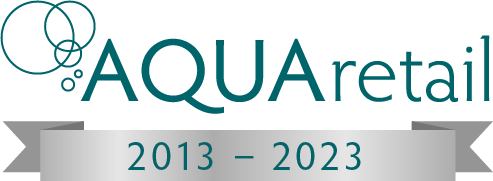Presentations
Some interviews will call for a presentation, which adds a different dimension to the process as it’s a real test of your confidence under scrutiny. There are skills to demonstrate here that just aren’t clear under normal interview circumstances.
Some people find the interview process quite nerve-wracking, and presentations are naturally quite daunting – to stand up and speak to strangers (and with a job you really want at stake!) is a test of your mettle. While these will mostly be fairly relaxed, it’s important to prepare yourself for the possibility of presenting to a panel, and to be very organised
Preparation
Think of your presentation as having a beginning (the intro), a middle (the key points, arguments and counter-arguments all backed up with facts and figures) and an end (the conclusion), then flesh it out. That sort of structure will allow it to fall into place effortlessly.
Write a presentation in a style you are happy with – don’t be overly formal if it doesn’t come naturally to you, and don’t try to be an entertainer as it may come across as if you’re flippant and not serious about the role.
Check the format of the presentation. Can you do it on a piece of A3 card? Or as a general talk? Or is a Powerpoint presentation expected? If you are presenting using a computer, it is advisable to take yours with you, as you are familiar with it – you don’t want anything to put you off!
You may be presenting a SWOT, in which case it would be neatly typed up and you’d have 3 copies with you – one for you, one for the interviewer and a spare in case of an unexpected extra interviewer.
Be sure to practise your presentation in front of friends or family before the day itself. You should read it through until you’re able to deliver it confidently without having to look too much at your notes.
Will you be distributing a handout? If you do, make that document an abbreviated guide, or the temptation will be for them to read rather than listen. Take plenty of copies with you.
The Presentation Itself
Be confident and hide any nerves
Smile, relax and look around the room at the audience to make eye contact as you speak
Speak slowly and clearly – there’s no rush
Have a copy of the entire speech on-hand (clearly signposted with headings for your own purposes) but don’t read directly from it. Firstly, your hands may be quivering a little so this will highlight your nerves, but secondly you need to be focussing on eye contact. Instead, use prompt cards with bullet points on so you can easily glance at them then back at the audience
If you get stage-fright, just pause, look at your notes, take a deep breath and pick up where you left off. It’s OK to regroup.
Finish by thanking the audience, and inviting any questions. Open up the floor to questions. This is a great opportunity to lead the discussion and show your managerial style.

